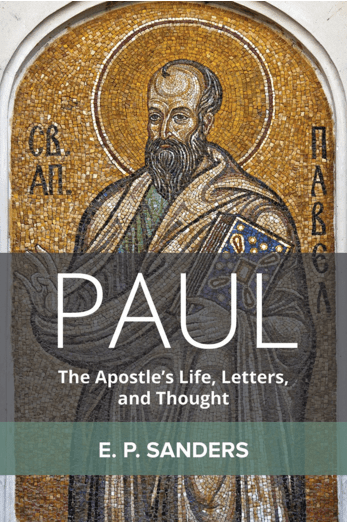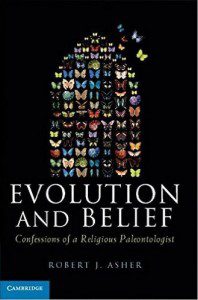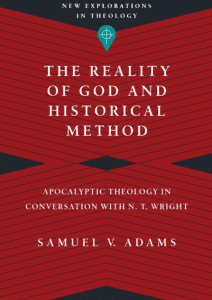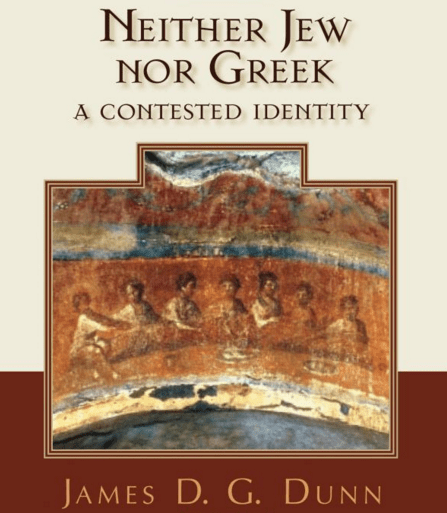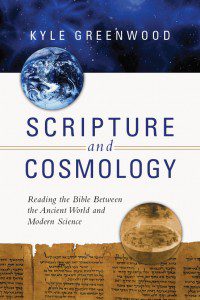Some people think they know where history is taking us and are quite happy to declare boom-booms on those who take exception, the boom-booms declared with a long finger pointing at them with the accusation they will be on the “wrong side of history” or, perhaps more damaging, they will be “left behind” or “irrelevant.”
The irony is that in a world where “manifest destiny” or “discerning God’s plan for America” or even connecting something bad (9/11) with something else bad (same-sex sins) are objects of scorn, it is more than a little surprising that we now have some who know where history is going. It comes from those on the Left and the Right.
From the Left, from Lynn Stuart Parramore, we get this observation about where history is going: religion is dying, so cheer up secularist:
With fire-breathing religion figuring anew in global conflicts, and political discussions at home often dominated by the nuttery of the Christian right, you might get the sense that somebody’s god is ready to mug you around every street corner. But if you’re the type who doesn’t like to hang your hat on organized religion, here’s a bit of good news: In America, your numbers are growing.
There are more religiously unaffiliated people in the U.S. today than ever before. Starting in the 1980s, a variety of polls using different methodologies have come to the same conclusion: people who do not identify with religious labels are on the rise, perhaps even doubling in that time frame.
Some call them “nones”: agnostics, atheists, deists, secular humanists, general humanists, and people who just don’t care to identify with any religious group. It’s not exactly correct to call them nonbelievers, because some still have faith and spirituality in some sense or another. A 2012 Pew study noted that 30 percent of these people believe in “God or universal spirit” and around 20 percent even pray every day. But according to the latest research, Americans checking the “none of the above” box will make up an increasingly important force in the country. Other groups, like born-again evangelicals, have grown more percentage-wise, but the nones have them beat in absolute numbers.
The nonpartisan Public Religion Research Institute has documented this sea change in its American Values Atlas, which it released last Wednesday. The fascinating study provides demographic, religious and political data based on surveys conducted throughout 2014. According to PRRI director of research Dan Cox, “The U.S. religious landscape is undergoing a dramatic transformation that is fundamentally reshaping American politics and culture.”
But John Gray, who points to the progressive theory of history at work in Sam Harris in an article in The Guardian, called “What Scares the New Atheists,” thinks the opposite might be the case so there is less cheer for the secularist here:
Harris’s militancy in asserting these values seems to be largely a reaction to Islamist terrorism. For secular liberals of his generation, the shock of the 11 September attacks went beyond the atrocious loss of life they entailed. The effect of the attacks was to place a question mark over the belief that their values were spreading – slowly, and at times fitfully, but in the long run irresistibly – throughout the world. As society became ever more reliant on science, they had assumed, religion would inexorably decline. No doubt the process would be bumpy, and pockets of irrationality would linger on the margins of modern life; but religion would dwindle away as a factor in human conflict. The road would be long and winding. But the grand march of secular reason would continue, with more and more societies joining the modern west in marginalising religion. Someday, religious belief would be no more important than personal hobbies or ethnic cuisines.
Today, it’s clear that no grand march is under way.
Yes, Sam Harris more or less subscribes to a secularization theory that pretends to know where history is going but the facts are not all in his corner. What’s clear to Parramore is not clear to Gray.
And from the strident Right Jeannine Pirro overtly asks why President Obama accuses his opponents of being on the “wrong side of history,” which means both the President and Pirro know what is the “right side of history” and where it is headed:
You know Mr. President, why does it feel like you’re on the wrong side of things, on the wrong side of history? Why are you not working with Egypt and Jordan to eliminate ISIS. Both are Arab Muslim nations willing to identify the enemy as Islamic extremists.
Evidently Pirro knows where history is headed too, and it is in the opposite direction of Parramore and the President (as she constructs him).
I hear the same claim about the “right side of history” and the “wrong side of history” in the same-sex marriage or same-sex relations in the church crowds.
I wonder about this argument, this argument about the “right side of history.” No, in fact, I don’t wonder. It’s wrong. Here are my reasons why those who know where history are wrong:
1. They make history inevitable progress in their direction. This is simple hermeneutics, or put more simple, it’s hermeneutical colonialism. In fact, those who know the “right side of history” and the “wrong side of history” are judgmentalists through and through. They not only know history is moving where they are or want to be but they sit in judgment on all those who disagree. They are censorious — and both Parramore and Pirro illustrate the point.
2. They make history presentist. That is, what is happening now is not only progressive improvement but what is now is always better than what was before. Which means, far more often the advocates are wind sniffers who, now having counted up the tilt of numbers, have thrown in their lot and are ready to sanctify it with this specious argument that is is where “history is going.” We should pause only for a moment to know that presentist arguments would have justified — in other days — slavery, Stalinism and Hitlerism, and the inequality of African Americans, women and undocumented workers.
3. They destroy biblical eschatology. Instead of taking their cues from the biblical vision of the kingdom of God in the future (where Jesus will be Lord over all in consummation) they ask Jesus to join their presentist historical progressivisms and so sanctify their discernments as God’s divine plan. Tom Wright in some of his newest books — both Surprised by Scripture and Simply Good News — has taken shots at this theory of progress and countered with a kingdom vision of where history is actually headed.
4. They claim omniscience. Not overtly but the subtler form is all the more noticeable. When you can tell us where history has been and where it is headed, and you can say you are on that side, you have just made a claim bigger than Hegelian theories of the Spirit. You claim, like Deuteronomy, that you know the divine mechanisms at work in history and you pronounce some awful boom-booms on those who will not join. That is, these folks stand in with prophetic words from God.
5. They claim omniscience by assuming a futurist stance where all things will be as they think. It won’t be, and all history proves this. Whether one is a utopian or a postmillennialists, history doesn’t cooperate. Nor will it. Why? There are too many dissenters. That’s a very good thing.
6. They destroy both diversity and freedom. I give two examples: Back in the early decades of the 20th Century some American thinkers and literati knew where history was headed — toward socialism and communism. When it turned up vicious, brutal and murderous, they didn’t always back down but many sulked off to a quiet corners. Others switched sides. Back in the 70s and 80s some conservatives thought the church would be destroyed if women were allowed to be priests or pastors and some liberals thought it would save the gospel and the church and religion in America, and where are we now? Some are against and some are for women pastors. (The same will be the case with same-sex relations in the church and America — diversity.) But there’s a sinister side in all this: to announce that history is headed in any direction is to tell those who don’t agree with that side that their freedom to disbelieve is in jeopardy. It takes all kinds to compose a world and the “wrong/right side of history” people need to defend freedoms. We need freedom and freedom will mean diversity, and that’s what the world is about.
7. They seek to centralize their vision in order to impose conformity rather than to solicit the majority view based on the freedom of choice. These specious historians are top-down thinkers, whether from the Left or the Right. Common response to failure are to press even harder for the centralized vision and to blame the failure on the dissenters. The way to win is to get more votes, make more laws, and impose the laws on the blinkered dissenters. What this produces is resentment, and resentment will find a way for expression.
Posted originally at this site on March 9.


